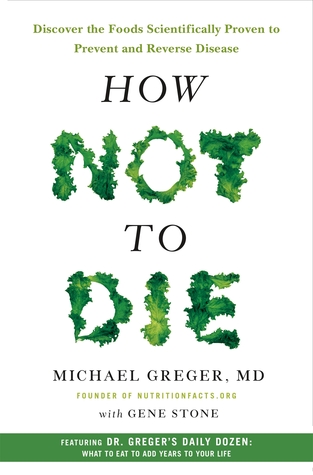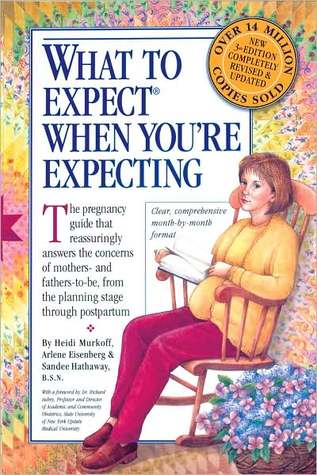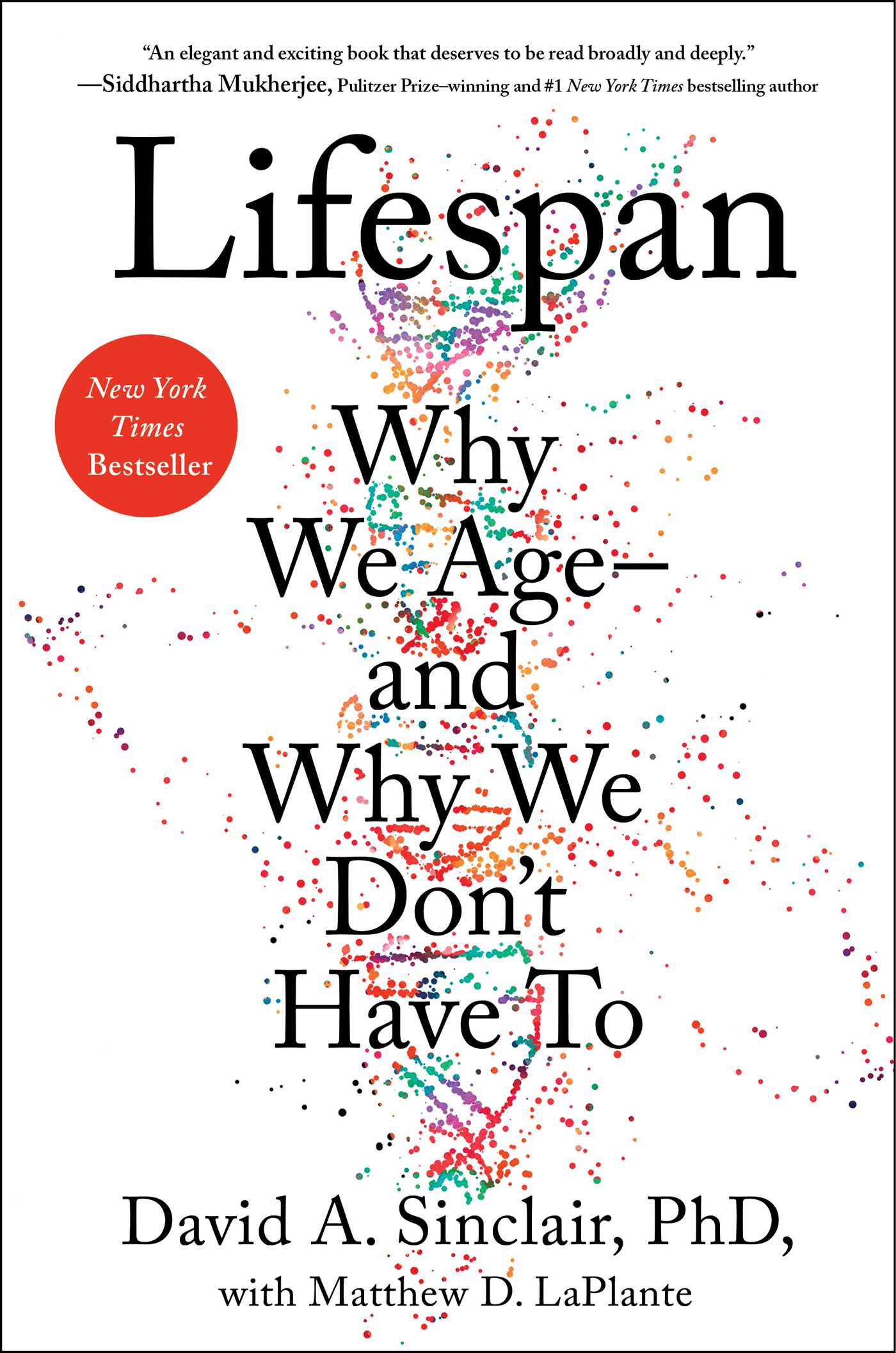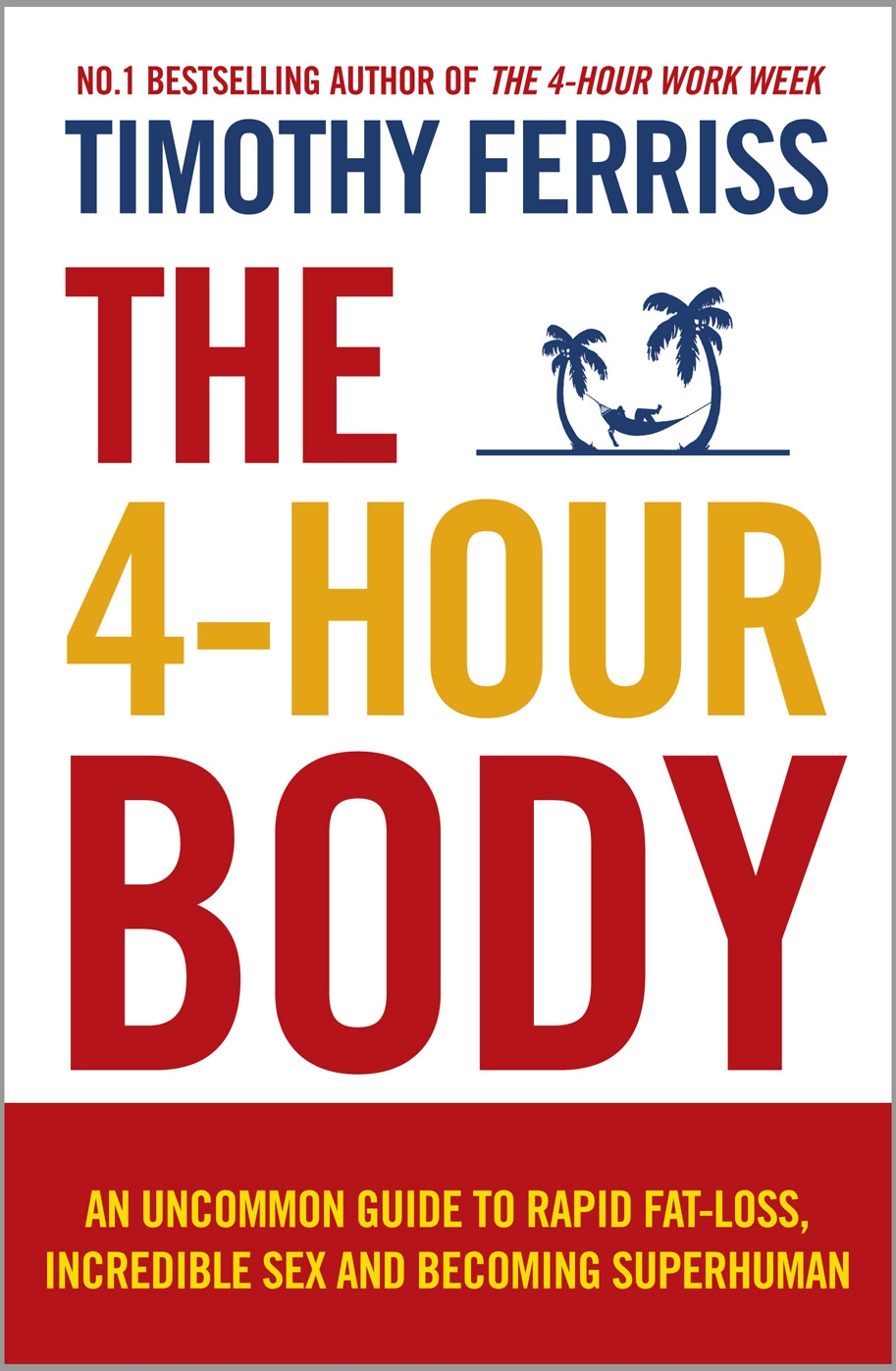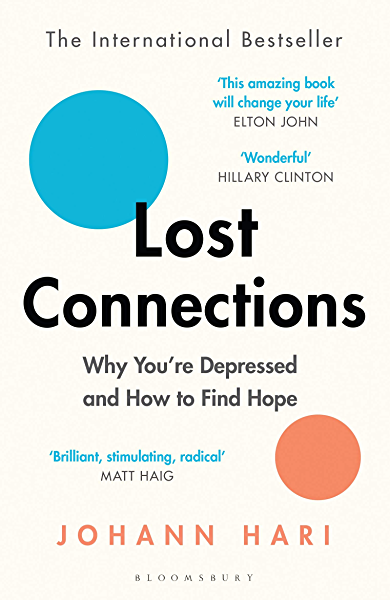Mindless Eating
by Brian Wansink
- Health
- Ashto =
- Jonesy =
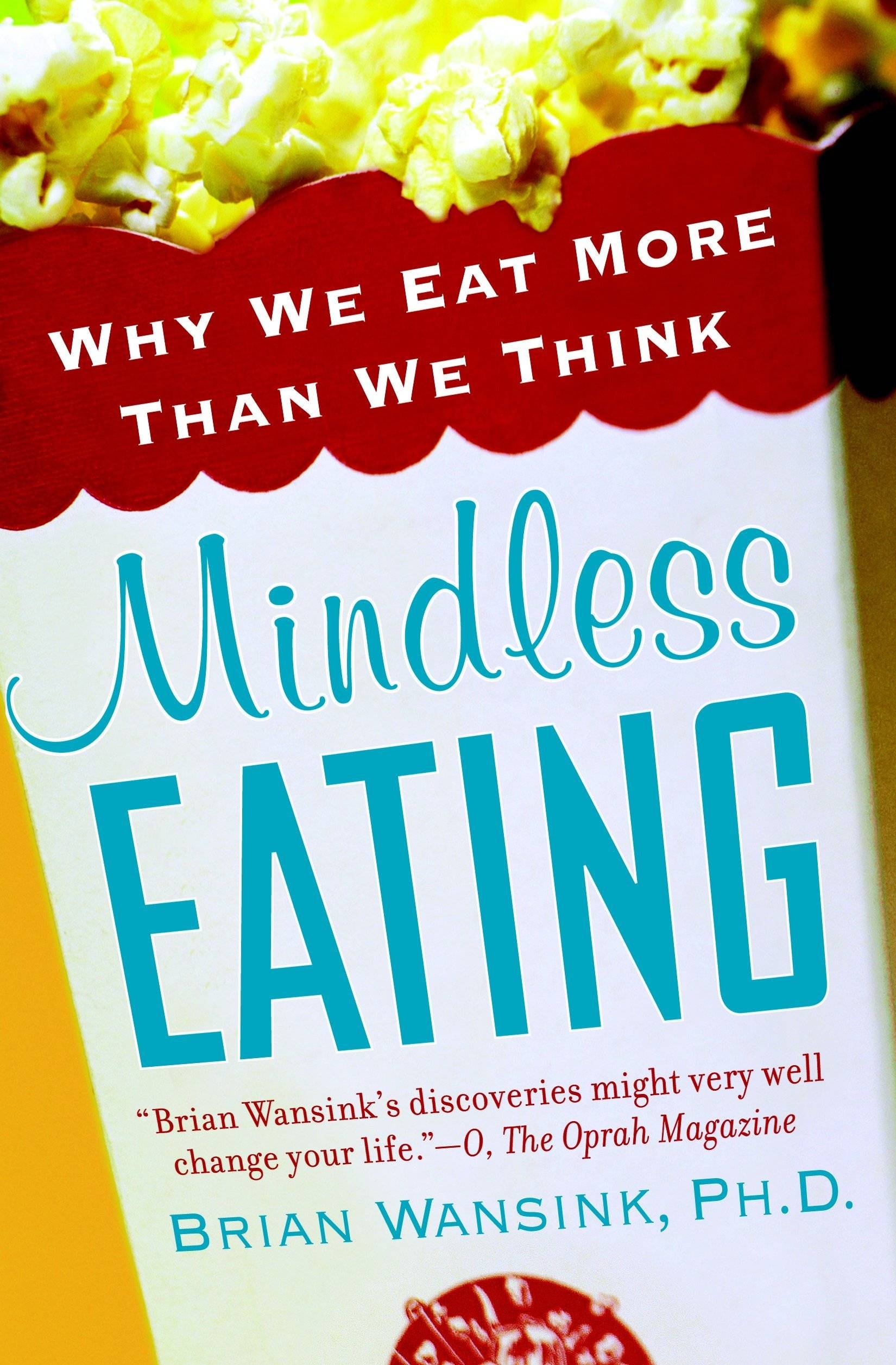
Mindless Eating – by Brian Wansink
Mindless Easting shows us that every single one of us largely eats because of what’s around us. We overeat not because of hunger, but because of our family and friends, packages and plates, names and numbers, labels and lights, colours and candles, shapes and smells, distractions and distances, cupboards and containers. All we need is a few daily decisions to be shifted in the right direction to reduce our daily calories. This book is about re-engineering your environment and life so you can eat without guilt and without gaining weight, and without the need for willpower.
‘Why we eat more than we think’
Mindless Eating Summary
Mindless Eating ties together the ideas of behavioural psychology and combines them with health, dieting and eating. It draws on a lot of the irrationalities and biases of the human brain – for more on these, see books #XX – Thinking Fast and Slow, #XX influence, #XX pre-suasion, #XX thinking in bets, #XX predictably irrational, #XX any others?
Every single one of us largely eats because of what’s around us. We overeat not because of hunger, but because of our family and friends, packages and plates, names and numbers, labels and lights, colours and candles, shapes and smells, distractions and distances, cupboards and containers. You might think that these things don’t impact you, but from a researcher’s perspective it was found that all of these little things added up to big changes in behaviour. Wansink’s lab suggests that the average person makes over 200 decisions about food every day.
We all have a base-level amount of food and calories we can consume in a day to maintain our current weight. But within a range of about 10% less to 10% more than this, we can’t really tell much of a difference. If you ate half as much food we would be hungry, by 10% less calories doesn’t provide any noticeable difference. Wansink calls this the ‘mindless margin’ and we can either harness it to work in our favour, or it will work against us. No one suddenly wakes up fat. If you’re overweight, it’s because you gradually ate a little more than you needed each day and over time the excess energy was stored as ‘fat’. All we need is a few tiny daily decisions to be shifted in the right direction to reduce our daily caloric intake and improve our health. This book is about re-engineering your environment and food life so you can eat without guilt and without gaining weight, and without the need for ‘dieting’ or willpower.
Most ‘deprivation diets’, diets where we try to lose weight by depriving ourselves of the food we won’t to eat, don’t work! Firstly our body fights against them – if we cut down the amount we eat, our body eventually adjusts it’s metabolic rate so that we need less. Secondly our brain fights against them – just like a toddler, if we tell our brain that we can’t have something it just wants it even more. Thirdly our environment fights against us – small little things around us trigger us to eat more without us even realising.
One big piece of research the team conducted was into ‘cues’. We need a cue to stop eating. Because our body lags a little behind in that we don’t feel ‘full’ straight away, we need some other cue to stop. Usually that cue comes in the form of finishing everything that’s on your plate or finishing the container/packet of food you’re snacking on, but this cue might also be the end of the TV show you’re watching or the fact that everyone else at the table has finished and is waiting on you.
Studies have found that the signalling often lags up to 20 minutes behind. Researchers wanted to test how much popcorn people would eat in a movie. They dished out 5-day-old stale popcorn so that it wasn’t appetising to eat. Half of the participants got a medium-sized box, half got the large size. Getting close to the bottom of the box would be a ‘cue’ that it’s nearly time to stop eating. At the end of the movie they weighed how much popcorn was left in all of the boxes and found that those with the large box ate 53% more popcorn! They weren’t 53% hungrier and they didn’t enjoy it 53% more, they were just given a bigger box with more popcorn so they ate more. So just by dishing your snacks into smaller containers, you’ll eat less without even realising. Similarly, use smaller plates. A slightly smaller plate means you can fit slightly less on there, meaning you’ll eat less while still feeling as though you’ve eaten a full plate of food.
Without going into the full studies for each of these, a few other ideas presented in the book could help you eat just a little bit less each day and get healthier over the long run:
- Most Westerner’s eat until they’re full or eat until they no longer feel hungry, but in a lot of other cultures (cultures who aren’t as overweight, especially those ‘blue zone’ countries renowned for having people living past age 100), they eat until they feel 80% satisfied. The idea of either 20% or 20% less is a simple one for us to use: serve 20% less food onto your plate, dish out 20% more vegetables than you want, buy 20% less when you go out to a restaurant.
- Your stomach can’t count how much you’ve eaten, only your eyes can. A study into people eating chicken wings while watching the Superbowl found that if the bones were cleared from their table they ate 28% more compared to the people who could visually see how many bones were sitting on their plate. Sometimes leaving a visual representation of how much you’ve already eating will remind you that you’re probably not that hungry anymore. Brian Wansink won an Ig Nobel Prize for his research on ‘the bottomless soup bowl’ – it’s worth reading about this for a little chuckle (and then to realise how easily we can be fooled into eating more without realising!).
- They compared how variety impacts us. Subjects of a study were at a buffet with either 3 different bowls of snacks or 12 different bowls. The people who had more options and more variety ate 18% more. So if you’re looking to eat less, provide yourself with less different options.
- For things you don’t want to eat as much of (like left over pizza), wrap them in aluminium foil so that you can’t see them every time you open the fridge. For things you want to eat more of (like fruit), have then in clear plastic see through containers so you’re triggered to eat them more often. For bonus points, pre-chop fruit into bite-sized pieces so that it’s super easy to grab and eat – reducing the barriers to eating good food means you can eat more without thinking.
- Our brain can’t accurately determine the volume based on width, instead we revert to height as a simpler measure of how big something is. We can harness this: for ‘bad’ drinks (soda, soft drink, alcoholic beverages) use a tall skinny glass and you’ll feel like you’ve drunk more. For ‘good’ drinks like water, use a short wide glass to drink more than your brain thinks.
- We need to create ‘distraction free’ eating environments. If we’re not mindfully thinking about what we’re eating, then we’re going to mindlessly eat more than we need. Eating with a group of friends usually means you’ll eat more if you’re enthralled in conversation, and eating in front of the TV is an absolute recipe for disaster.




